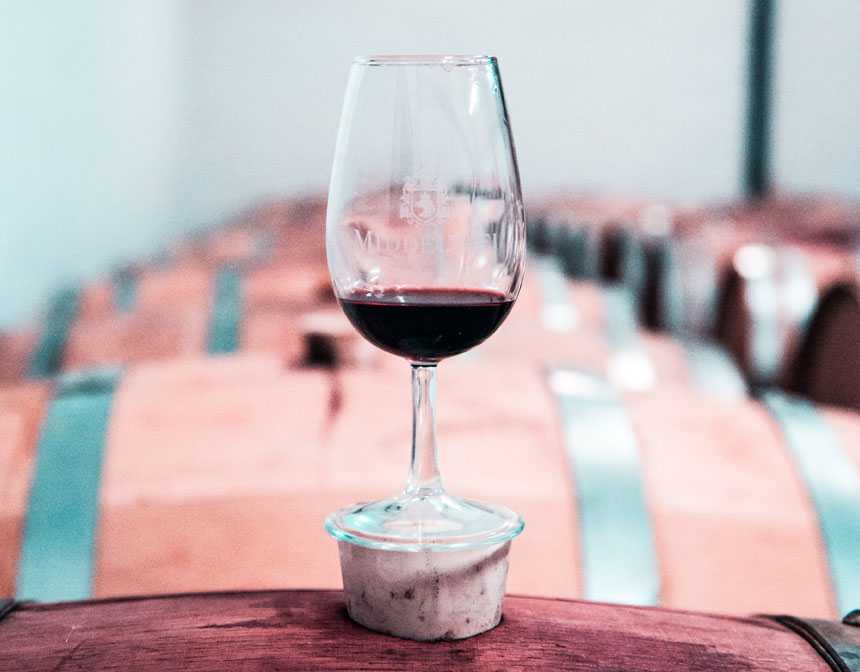Origins of The Truffle Risotto
Risotto is a classic Italian dish with roots in the northern regions of Italy, particularly in areas like Lombardy and Piedmont. It is believed to have originated in Milan, where the abundance of rice grown in the Po Valley provided the perfect foundation for this creamy, comforting dish. Traditionally, risotto is made by slowly cooking Arborio or Carnaroli rice in broth until it reaches a creamy consistency, often finished with butter and Parmesan cheese for richness.
Truffle risotto takes this traditional dish to the next level by incorporating the luxurious flavor of truffles, which are highly prized in Italian cuisine. Truffles, often referred to as the "diamonds of the kitchen," are a type of fungus that grows underground near the roots of certain trees. Their unique, earthy aroma and flavor make them a sought-after ingredient in gourmet cooking, adding depth and complexity to simple dishes like risotto.
Incorporating truffle oil into risotto is a modern twist that allows home cooks to enjoy the rich flavor of truffles without the expense of fresh truffles. While fresh truffles can be shaved over the dish for an added touch of luxury, truffle oil provides a more accessible way to infuse the dish with that distinctive truffle taste. This combination of creamy risotto and aromatic truffle creates a dish that is both comforting and indulgent, perfect for special occasions or a gourmet weeknight dinner.
Can I Freeze Risotto?
You can freeze risotto, but it's important to know that the texture may change slightly upon reheating. Risotto is known for its creamy, freshly-made consistency, and freezing can cause the rice to become a bit more firm and less creamy. However, if you have leftover risotto that you want to preserve, freezing is a viable option. Here’s how to do it:
How To Freeze Risotto?
- Cool the Risotto: Allow the risotto to cool completely at room temperature before freezing. This prevents condensation, which can lead to freezer burn.
- Portion the Risotto: Divide the risotto into portion-sized amounts. This makes it easier to reheat just the amount you need.
- Use Airtight Containers or Freezer Bags: Place the portioned risotto into airtight containers or heavy-duty freezer bags. If using freezer bags, try to remove as much air as possible before sealing to prevent freezer burn.
- Label and Date: Label the containers or bags with the contents and the date. Risotto can be stored in the freezer for up to 2-3 months.
How To Reheat Frozen Risotto?
- Thaw in the Refrigerator: For the best results, thaw the frozen risotto in the refrigerator overnight. This allows it to defrost evenly and helps maintain its texture.
- Reheat on the Stovetop: Transfer the thawed risotto to a saucepan. Add a little broth, water, or extra butter to help restore its creamy consistency as it reheats. Heat the risotto over low to medium heat, stirring frequently until it’s warmed through.
- Microwave Option: You can also reheat risotto in the microwave. Place the risotto in a microwave-safe dish, add a splash of liquid (broth or water), and cover the dish loosely. Heat in 1-2 minute intervals, stirring in between, until the risotto is hot.
Tips for Freezing and Reheating Risotto
- Avoid Overcooking: When you initially cook the risotto, consider undercooking it slightly before freezing. This helps prevent it from becoming too soft when reheated.
- Add Creaminess: To bring back the creamy texture, add a bit of extra butter, Parmesan cheese, or even a splash of cream when reheating.
- Use for Risotto Cakes: If the texture of the reheated risotto isn’t quite to your liking, consider turning it into risotto cakes. Mix the risotto with a beaten egg, form into patties, and pan-fry until golden and crispy on the outside.
While fresh risotto is always best, freezing it can be a convenient way to save leftovers and enjoy them later. Just follow these steps, and you can still have a delicious, comforting meal even after freezing.
Wine & Dine
When pairing wine with Truffle Risotto with Parmesan, you'll want to choose a wine that complements the earthy, rich flavors of the truffles and the creamy texture of the risotto. Here are some excellent wine options that work beautifully with this dish:
1. White Wine Pairing
Chardonnay: A full-bodied Chardonnay, particularly one that is lightly oaked, is an excellent choice. The wine’s creamy texture and subtle oak notes complement the richness of the risotto and the umami flavor of the truffles. A Burgundy Chardonnay or a high-quality New World Chardonnay from California or Australia would work well.
Sauvignon Blanc: For a more contrasting pairing, a crisp and vibrant Sauvignon Blanc can balance the richness of the risotto. The wine's acidity and herbal notes can cut through the creaminess, providing a refreshing contrast. Look for a Sauvignon Blanc from Sancerre or New Zealand.
2. Red Wine Pairing
Pinot Noir: If you prefer red wine, a light to medium-bodied Pinot Noir is a great choice. Pinot Noir has earthy undertones that pair wonderfully with truffles, while its bright acidity helps balance the richness of the Parmesan and butter in the risotto. A Pinot Noir from Burgundy or Oregon would be ideal.
Barolo or Barbaresco: For a more luxurious pairing, consider a Barolo or Barbaresco from Italy's Piedmont region. These wines are known for their complexity, with earthy, truffle-like notes that mirror the flavors in the risotto. They are more full-bodied than Pinot Noir, making them a good match for a more decadent version of the dish.
3. Sparkling Wine Pairing
Champagne or Sparkling Wine: A dry Champagne or sparkling wine can also be a delightful pairing with truffle risotto. The bubbles and acidity help cleanse the palate between bites, enhancing the dining experience. Opt for a Blanc de Blancs Champagne, which is made entirely from Chardonnay grapes and offers a clean, crisp flavor that complements the dish.
4. Other White Wines
Gavi: A Gavi from Italy offers a fresh, mineral-driven profile with subtle fruit notes, which can highlight the truffle's earthiness without overpowering the dish.
Albariño: This Spanish white wine has a bright acidity and citrusy profile, which can lift the flavors of the risotto, making each bite more refreshing.
Serving Tip
No matter which wine you choose, serve it slightly chilled (for whites and sparkling wines) or at cellar temperature (for reds). This will ensure that the wine complements the dish perfectly without overwhelming the delicate flavors of the truffles and Parmesan.
These wine pairings will elevate your Truffle Risotto with Parmesan, creating a harmonious and memorable dining experience.












































